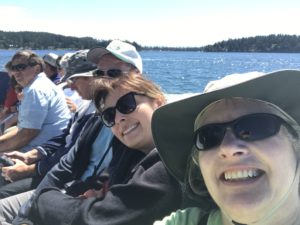 While John and Jackie were visiting, we took a whale watching cruise with Western Prince. We chose Western Prince for two reasons. First, they get the highest ratings of any of the whale watching tours on San Juan Island. Second, they had spots available!
While John and Jackie were visiting, we took a whale watching cruise with Western Prince. We chose Western Prince for two reasons. First, they get the highest ratings of any of the whale watching tours on San Juan Island. Second, they had spots available!
We went out on the Western Prince II on Tuesday afternoon. The boat holds 32 passengers and we were a diverse bunch. Western Prince Whale Watching also has a zodiac boat, but we didn’t feel like being sprayed with cold Pacific Ocean water all afternoon. Captain Pete manned the helm. Two naturalists, Allison and Nina, accompanied us.
After cruising out of Friday Harbor, we saw our first wildlife on the north shore of Lopez Island. Two adult bald eagles watched over their young fledgling in the nest. Shortly past the eagles we saw our first orcas of the day.
The San Juan Islands have two ecotypes of orcas: resident and transient (also called Biggs). The resident orcas eat salmon exclusively and live in large, multi-generational family pods. The family lines are matrilineal and the resident orcas live with their mother’s group their entire lives. Each pod has a distinctive acoustic call. The San Juan Islands have three pods of resident orcas – J, K, and L. Unfortunately salmon has been pretty scarce in these islands the last few years and the resident pods haven’t been in residence very much.
The other ecotype found in the islands is the transient orcas, also called Biggs orcas. These orcas travel in smaller groups, usually just three or four together. Calves travel with their mothers until they can hunt on their own. Transient orcas eat mammals: harbor seals, minke whales, and grey whale calves. Transients also range over a wider territory than residents. Residents and transients rarely interact and never interbreed.
During our whale watching tour we saw over twenty different transient orcas. The first group we saw was a mother and two calves. The mother had a harbor seal and the calves were playing with it, which helps them learn how to hunt. At one point the calves batted the seal back and forth with their tails. A very large male orca circled the family, hoping for some harbor seal leftovers.
Thanks to John Hartley for standing at the cold front of the boat and taking these fabulous pictures.
As we continued on, we saw lots of other orcas. One group of four males (males have taller dorsal fins than females) swam together. We watched them for quite a while as they joined up with another small group of orcas. They can swim really fast and dive down for minutes at a time, so it was a challenge to spot them when the came to the surface. Our naturalists were able to identify all the whales we saw by distinctive dorsal fins and saddle markings.
All boats are supposed to stay at least 200 yards away from any whales. The whale watching tours do a better job with that than the private boats. If the orcas start swimming toward the boat, the boat is supposed to back up to keep the required distance. Several private boats got much too close to the whales and our naturalists wrote down the boat numbers and took pictures. A fine for a first offense is $1,500.
We had a great time on our whale watching cruise. After three hours we turned around and headed back to Friday Harbor. Our captain did a great job of finding the orcas and our naturalists answered all our questions and gave us lots of good information. I highly recommend Western Prince Whale Watching Tours.

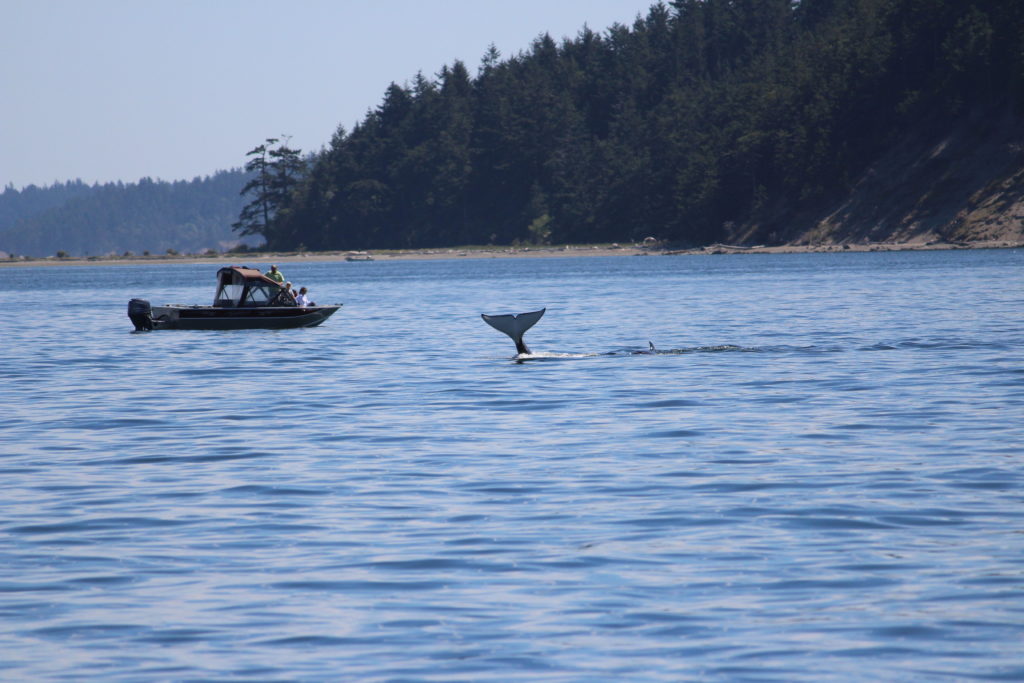
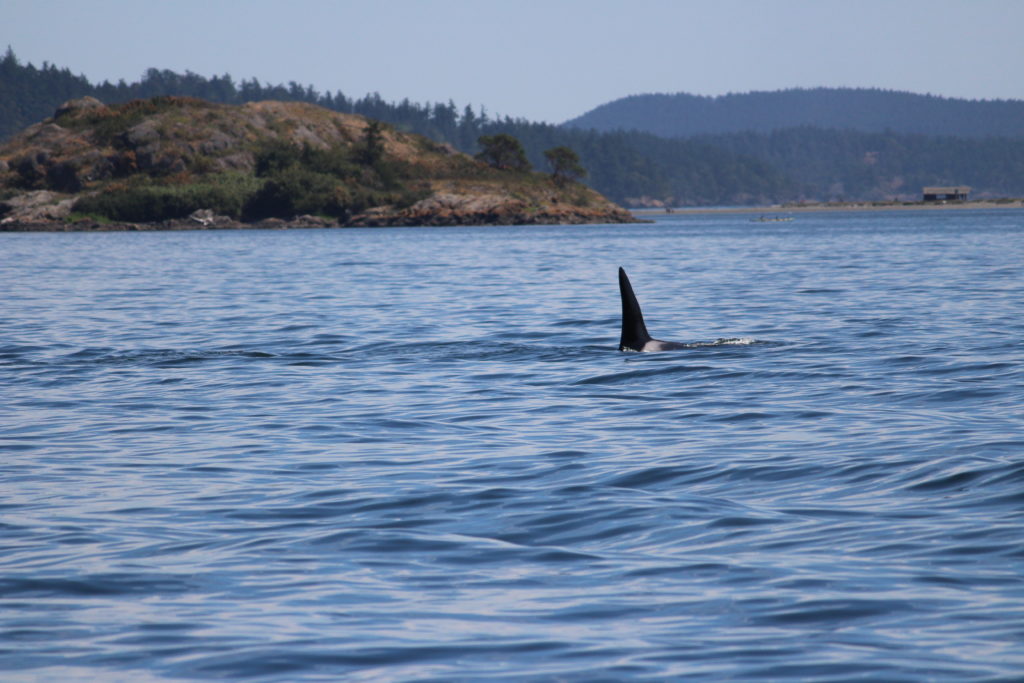
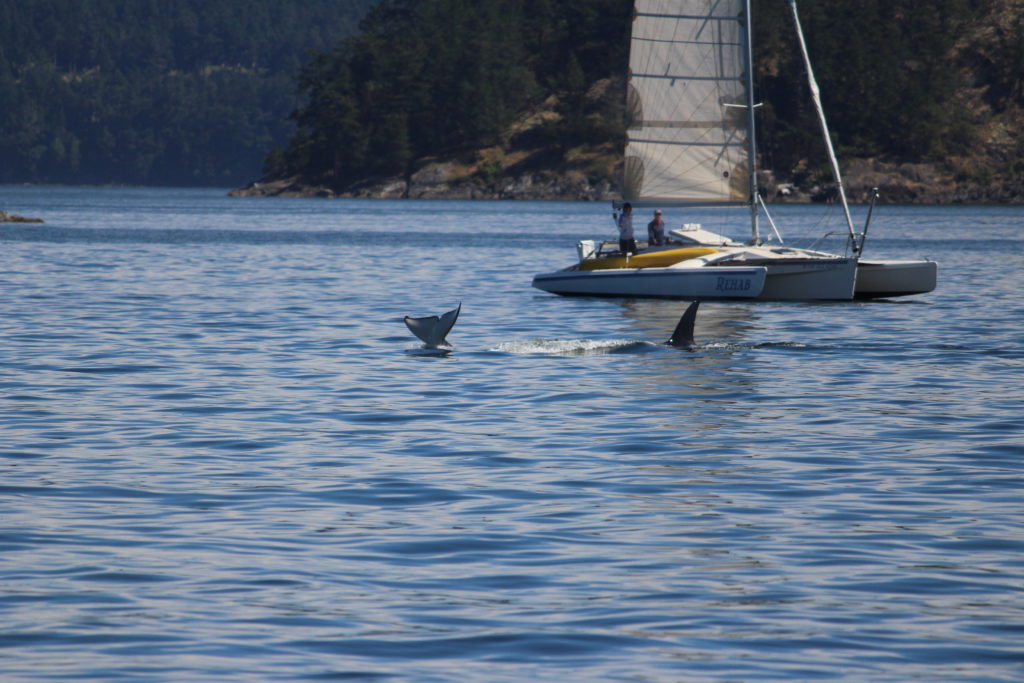
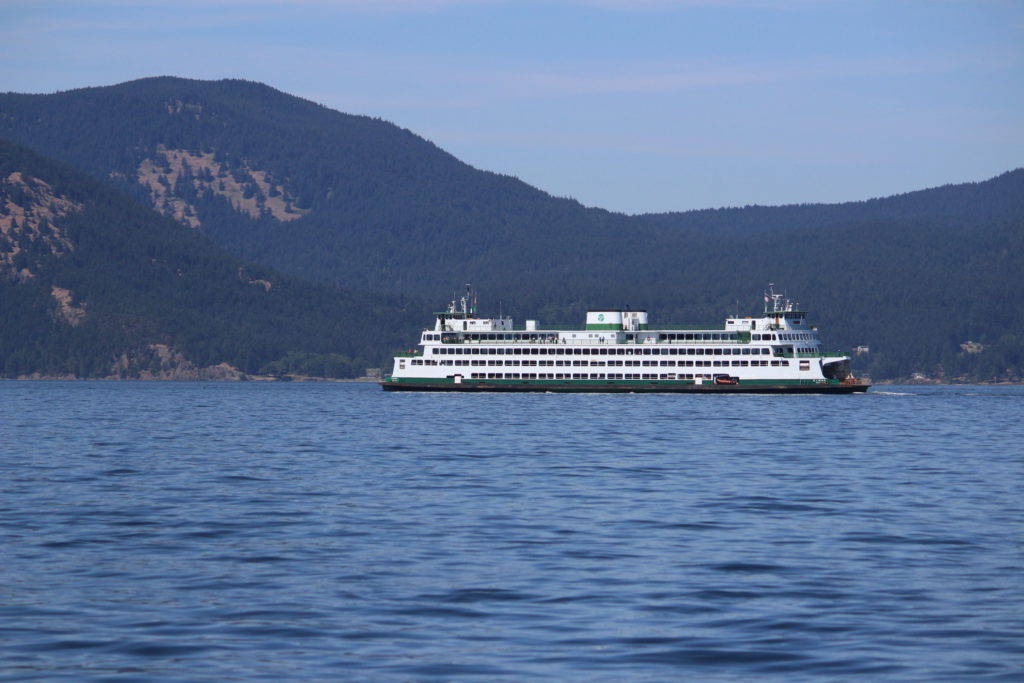
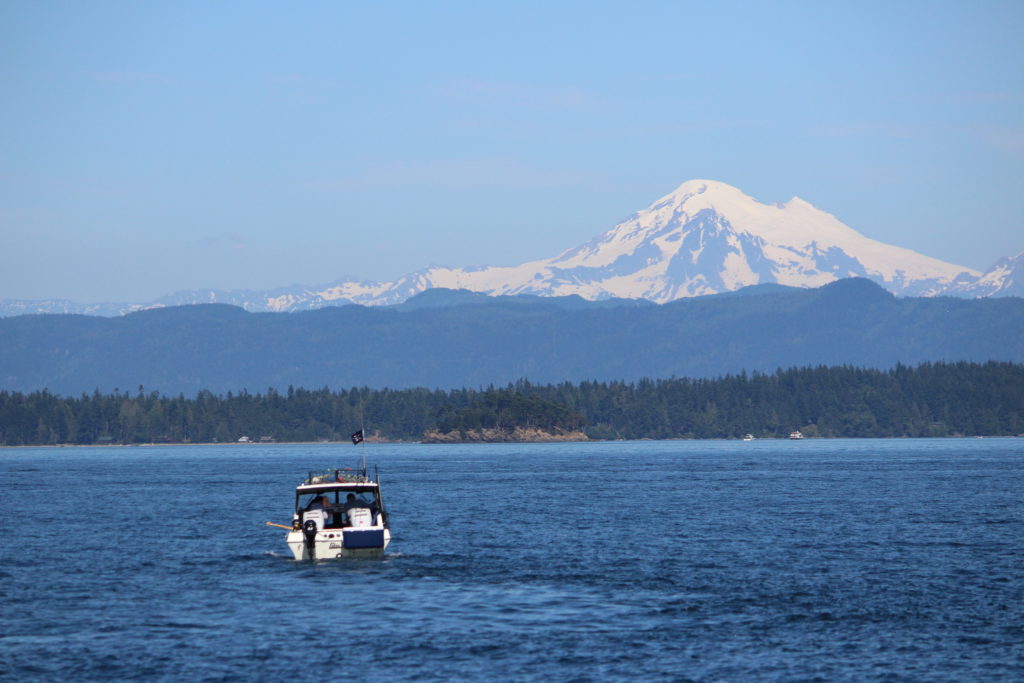
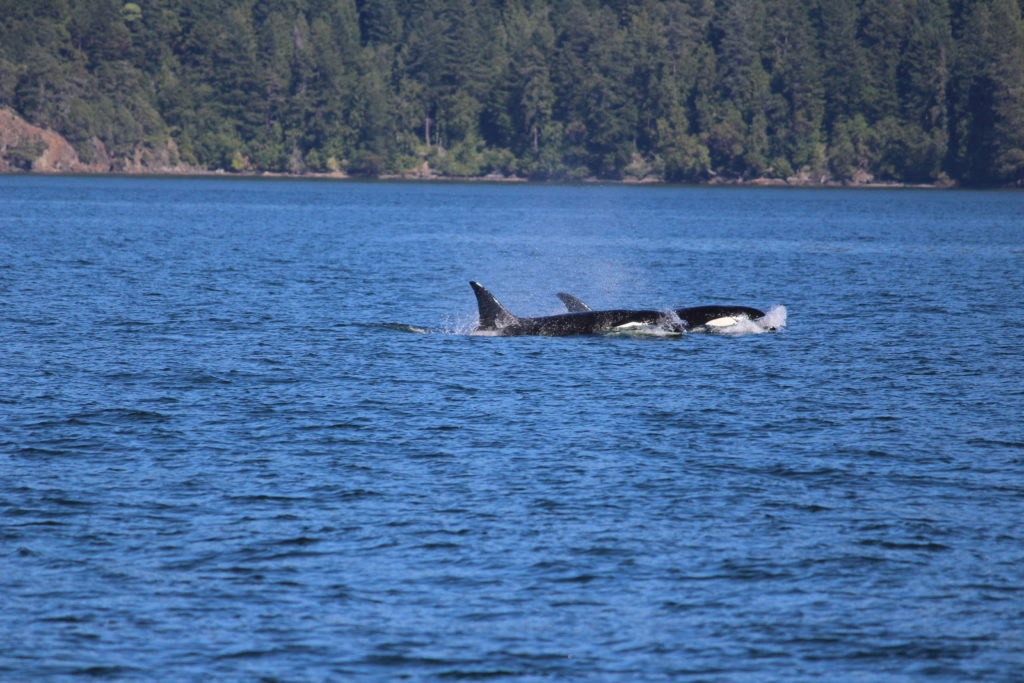
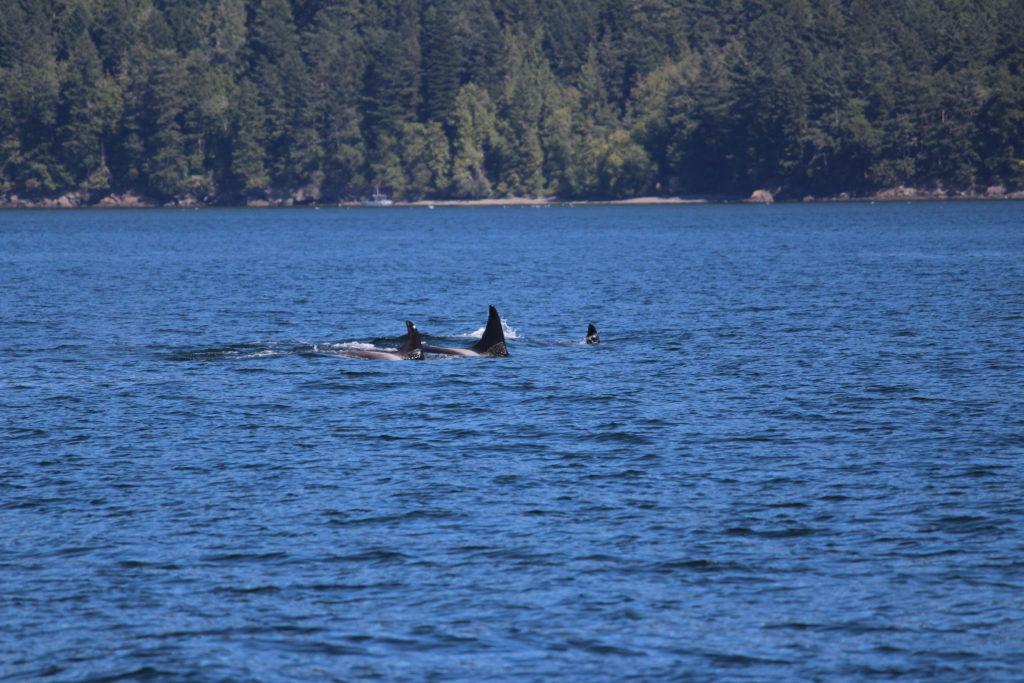
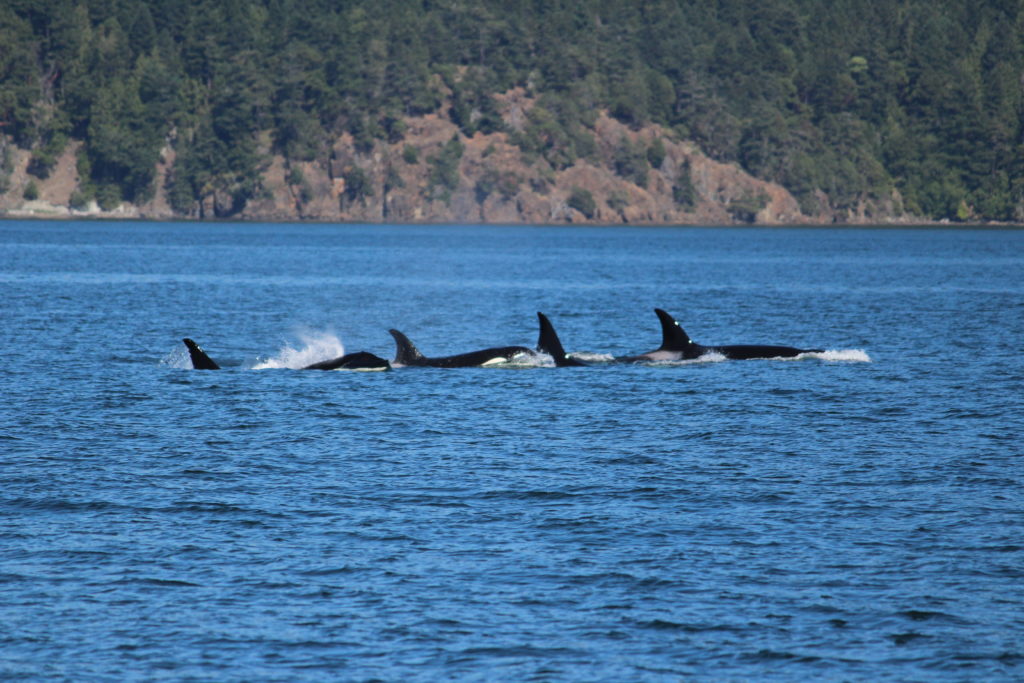
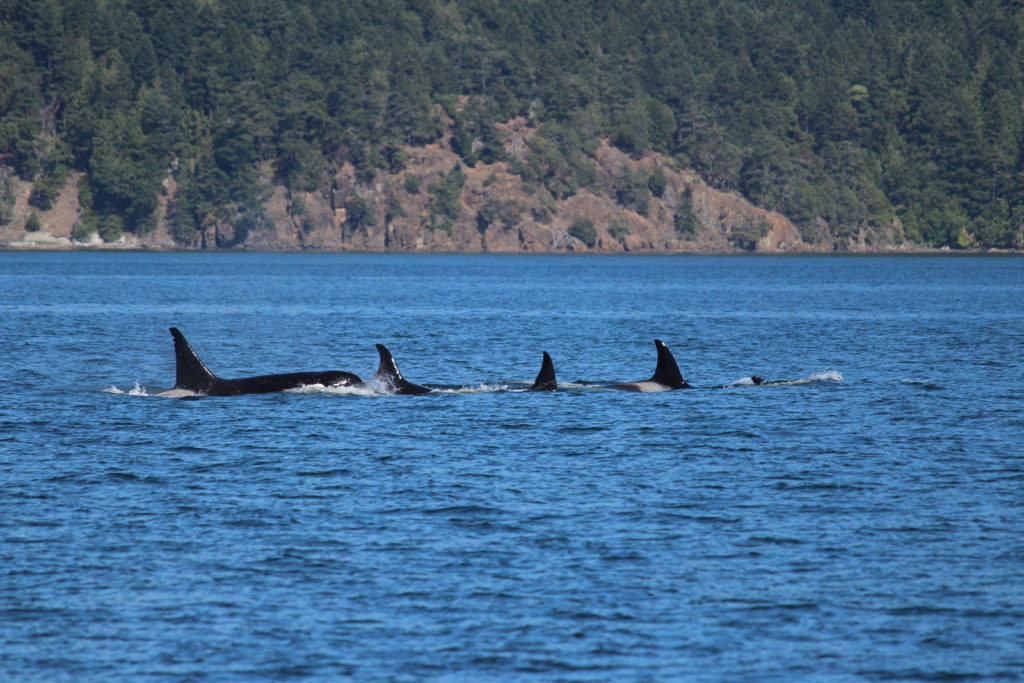
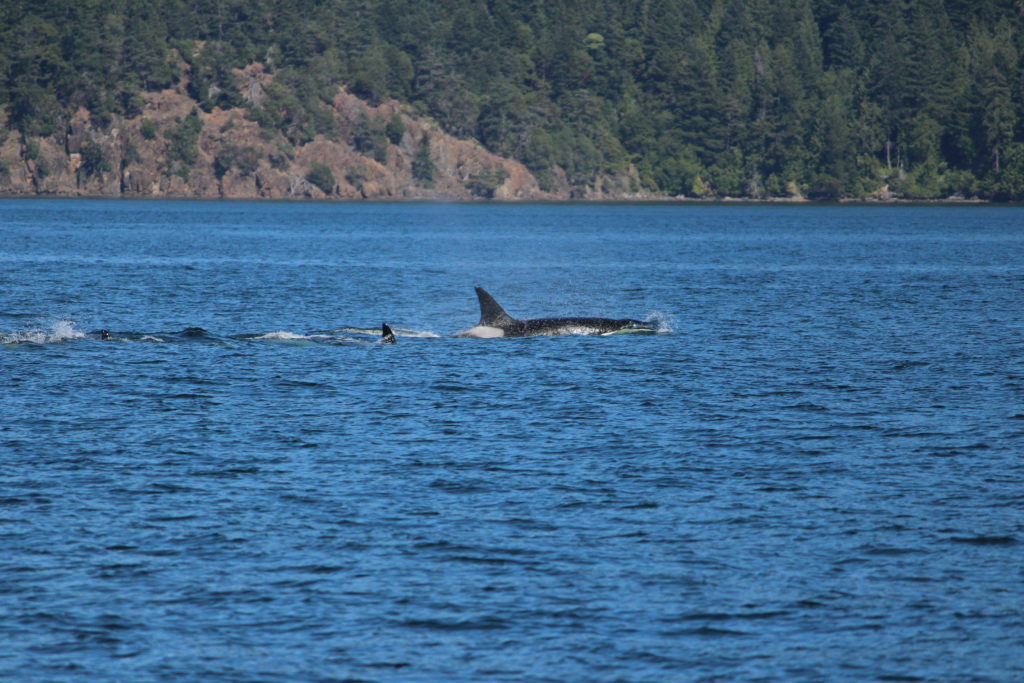

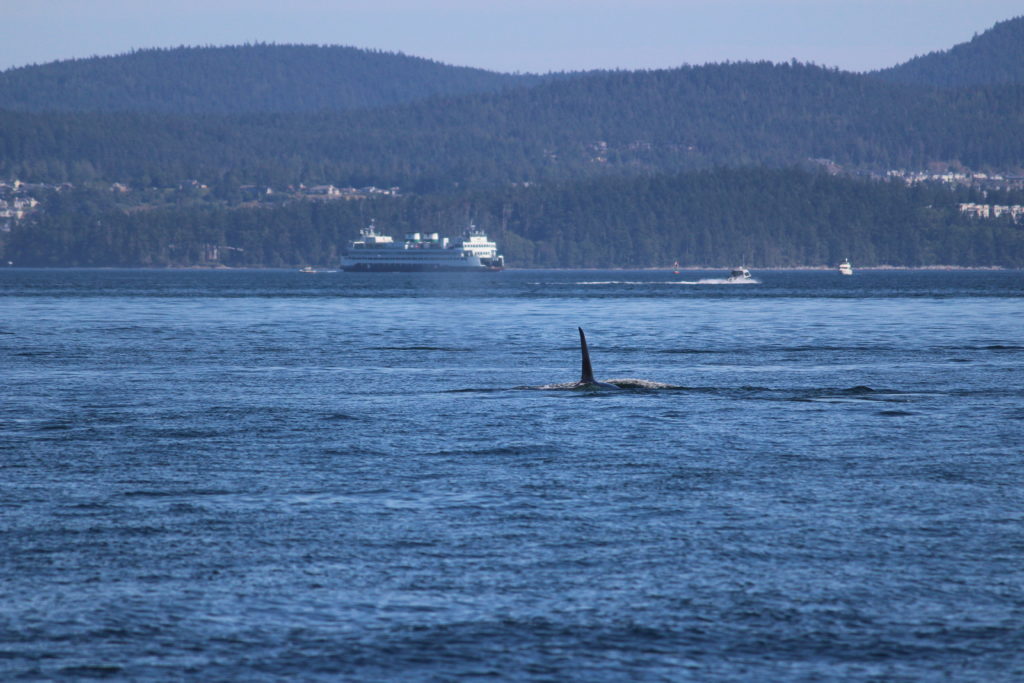
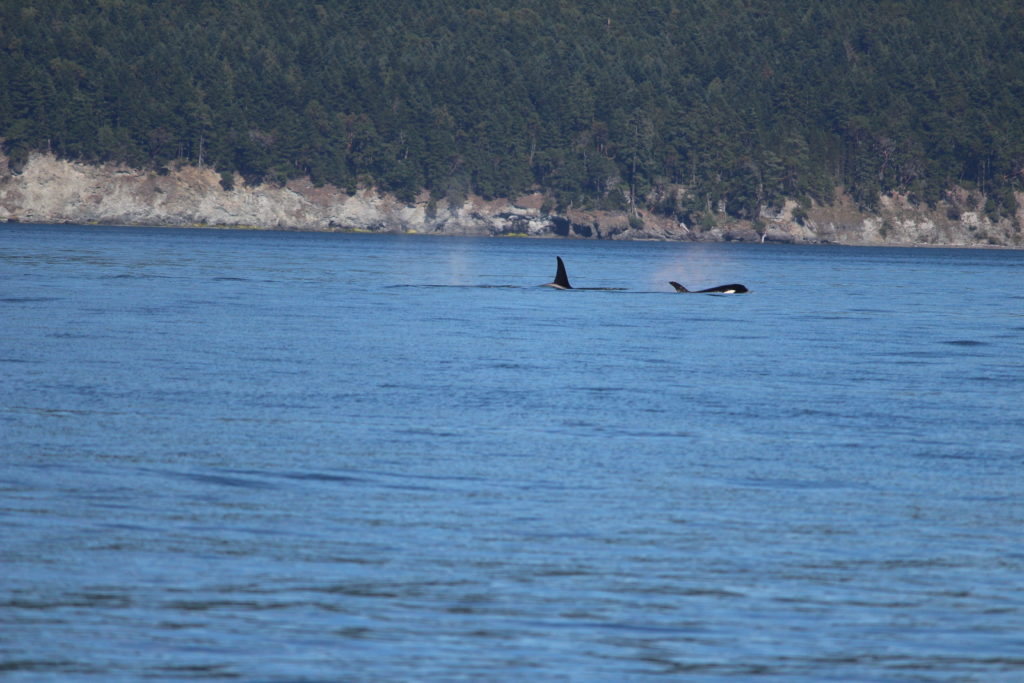
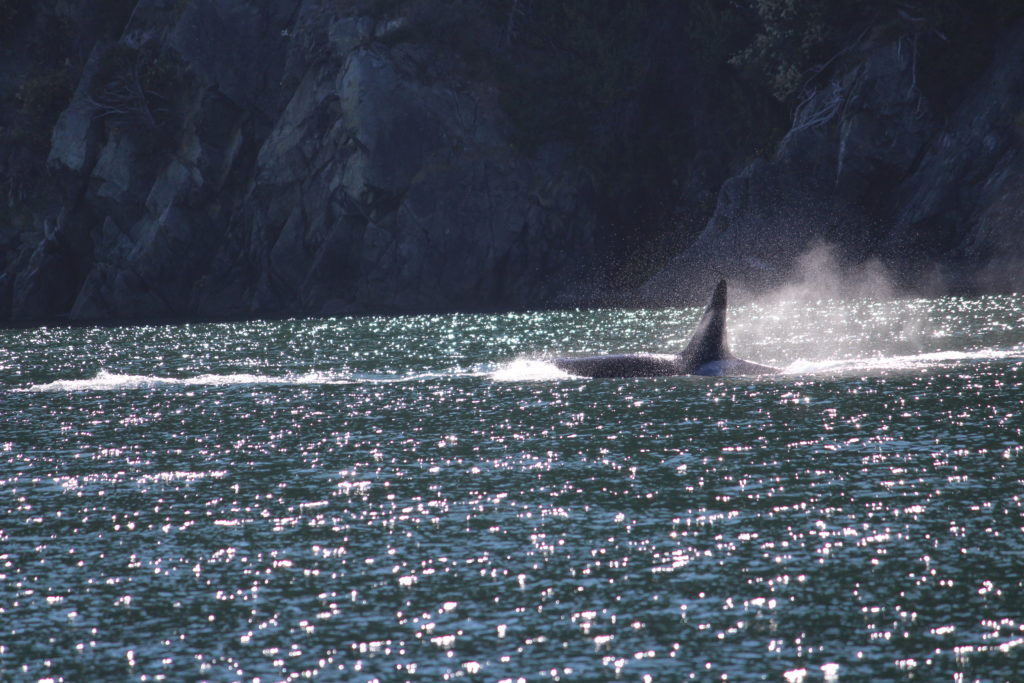
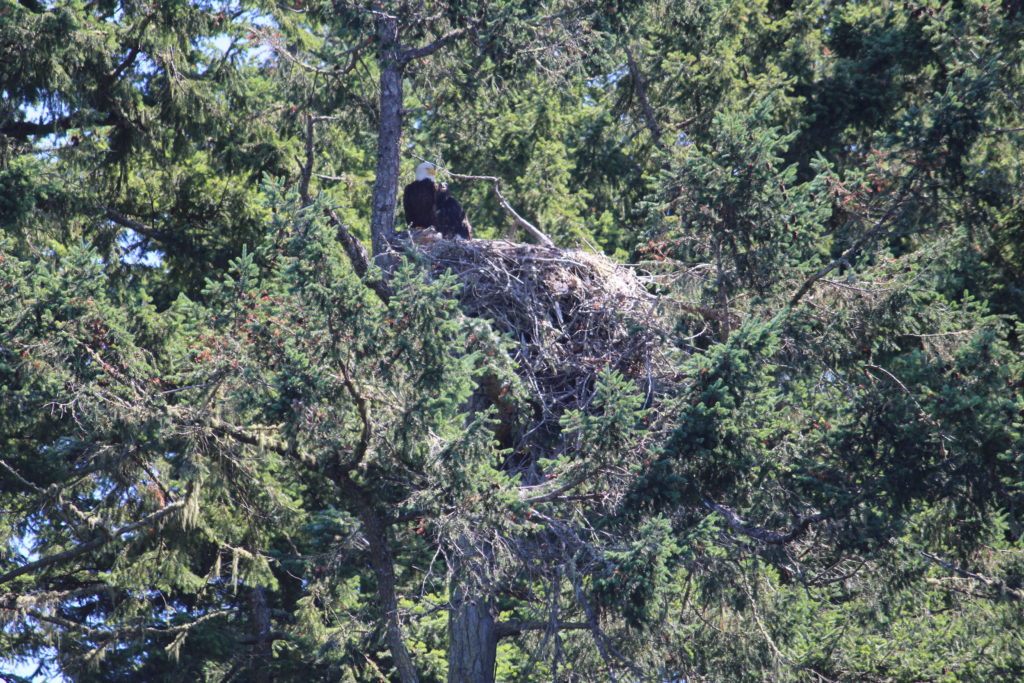
Beautiful!
Looks like fun!
It was fun! I was so excited by the first group of whales. I kept pointing and going “look, look, look!” I couldn’t help myself.
What a beautiful family day together…the pics are spectacular…can’t imagine the joy!
So much more fun to share it with John and Jackie.